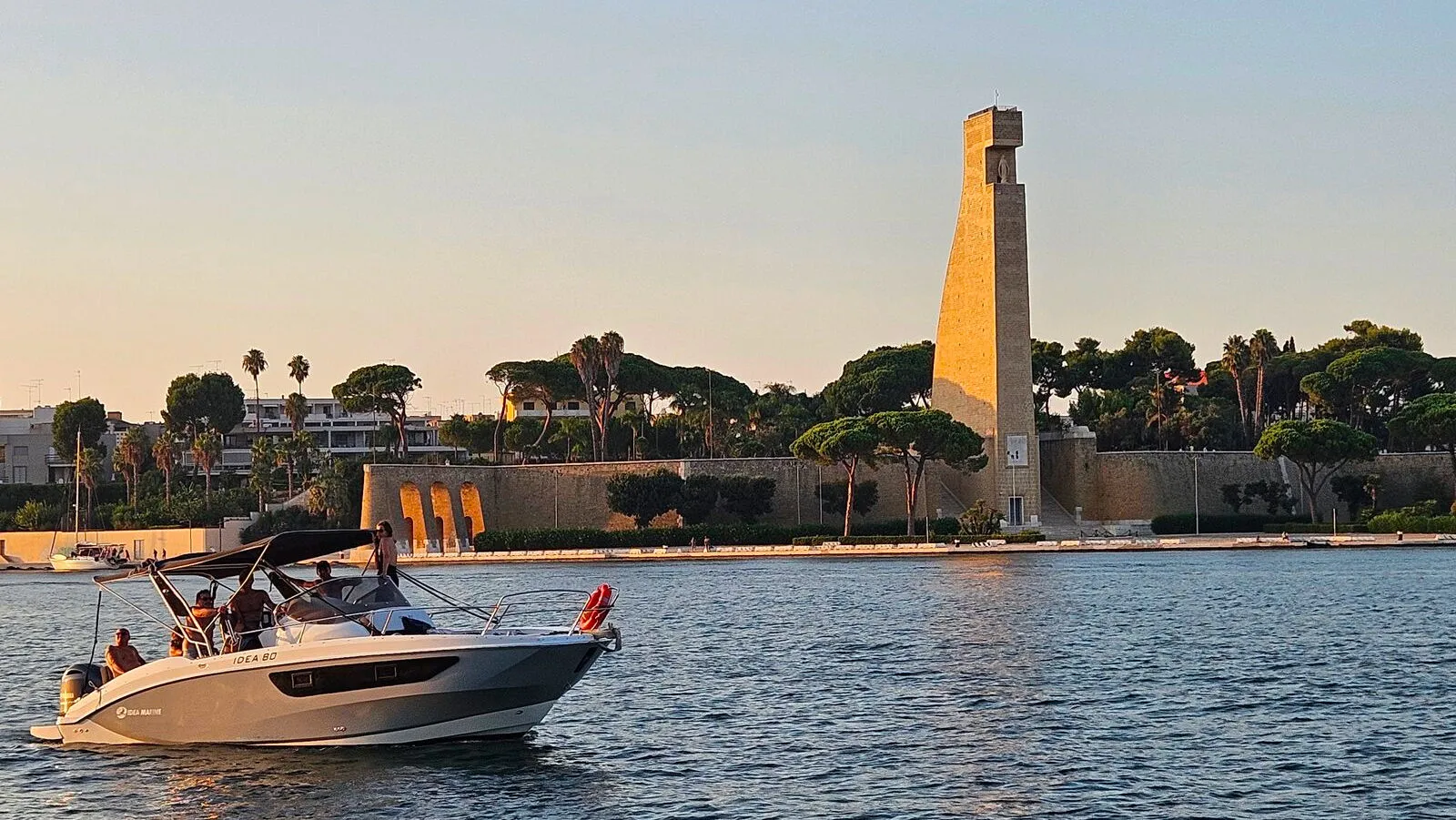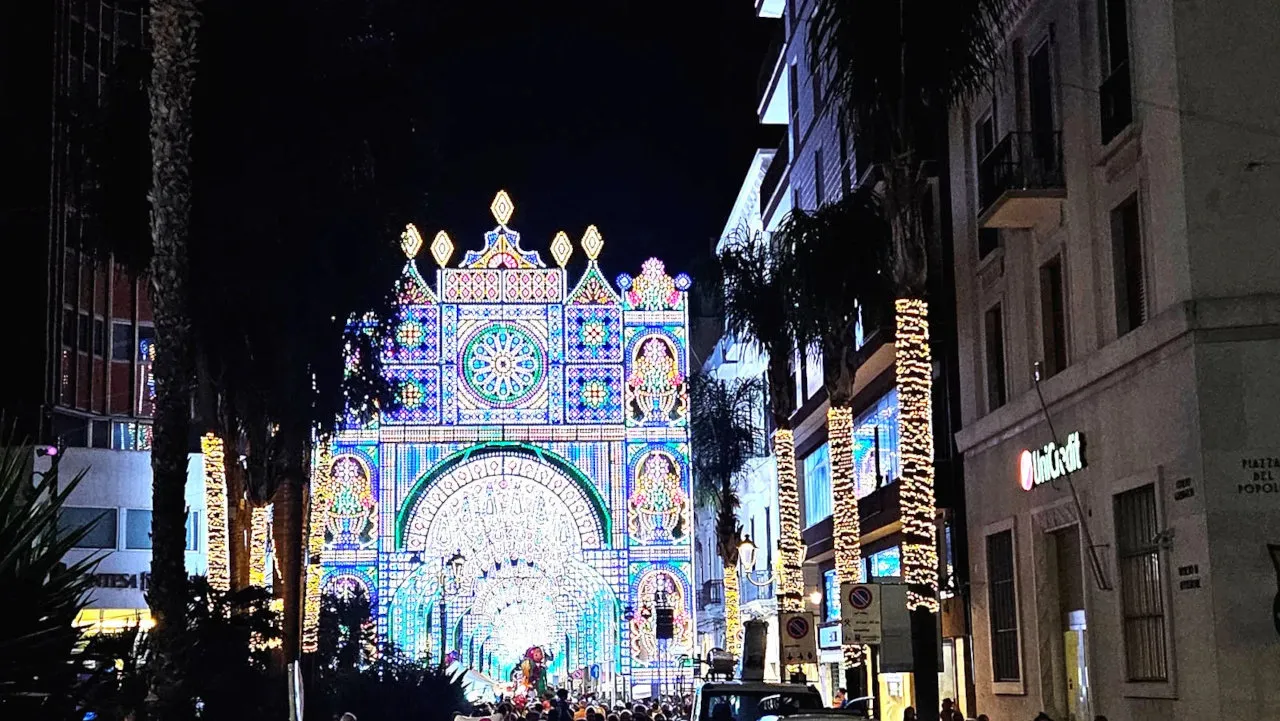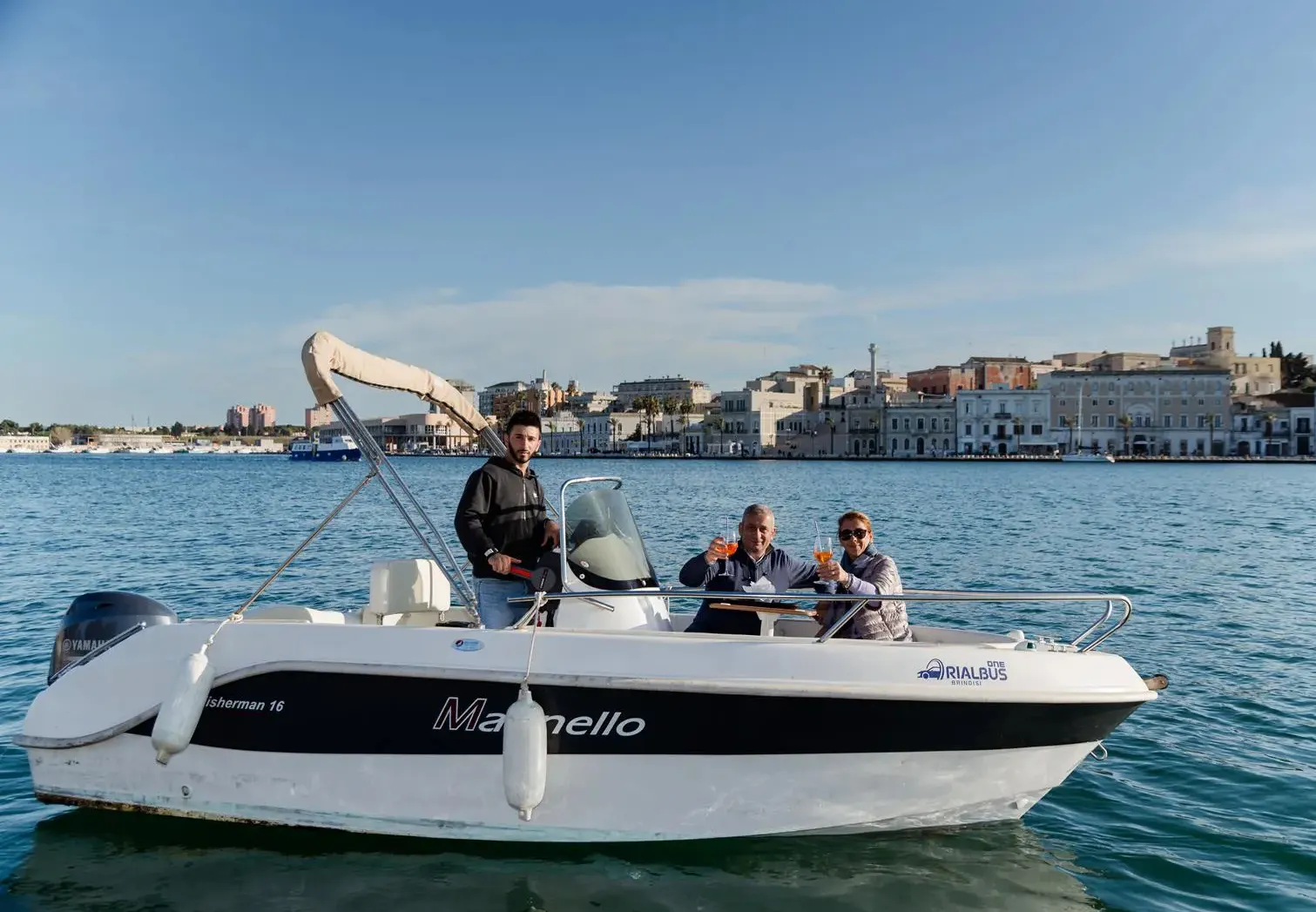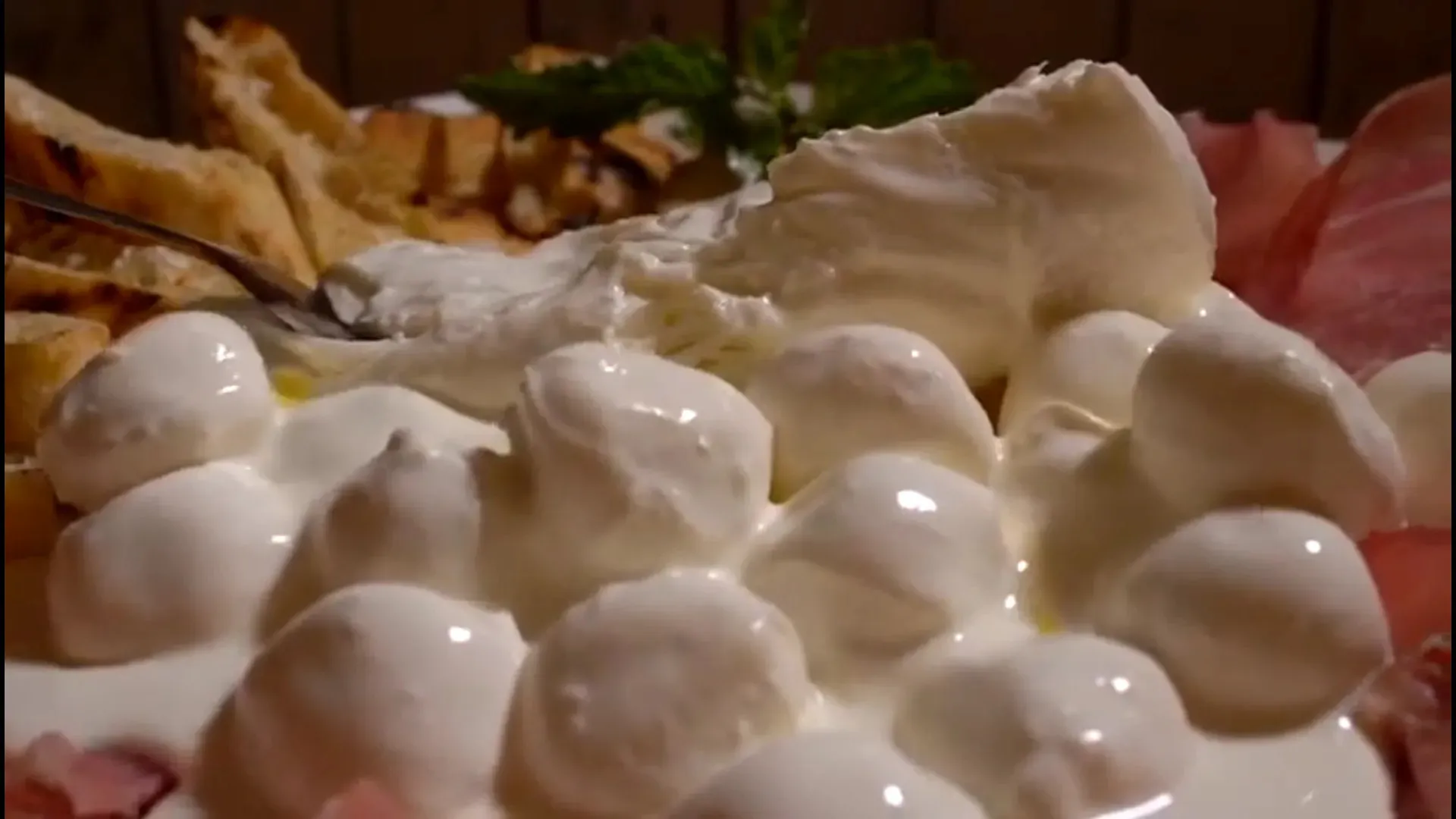Fasano, What to do and see
Updated at: 01-12-2024
How this content can help you:
Sure, here is the translation in English:- Explore historic farmhouses with tastings of typical products.
- Participate in horseback riding in the Fasano countryside.
- Visit the Coastal Dunes Natural Park and the archaeological site of Egnazia.
- Engage in wine tourism with visits to local wineries.
- Discover festivals and traditional events like the Scamiciata.
- Enjoy the beaches of Savelletri and Torre Canne.
- Admire the monumental nativity scene during Christmas.
- Visit nearby towns like Alberobello, Locorotondo, and Ostuni.
- Learn about the history and curiosities of Fasano.
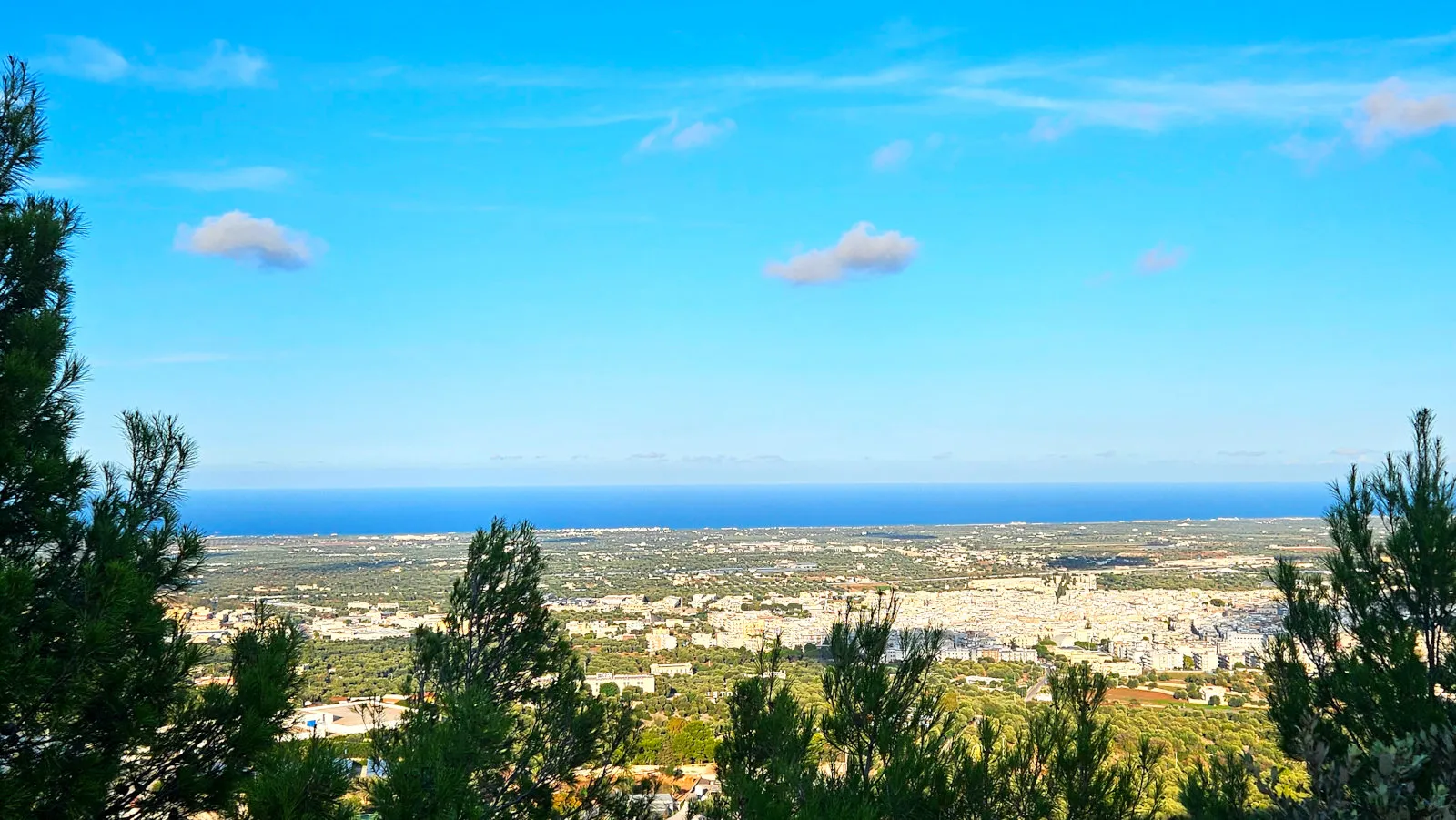
Fasano is a city located in Puglia, specifically in the province of Brindisi. It is a popular destination known for its beautiful landscape, situated between the Adriatic Sea and the hills of the Itria Valley, famous for the trulli (the characteristic conical stone houses).
Fasano is also well-known for attractions such as the Zoosafari park, one of the largest wildlife parks in Italy, and the nearby archaeological site of Egnazia, with ruins dating back to Roman and pre-Roman times.
See the video about Fasano and its attractions below:
The inland area of Fasano is characterized by vast olive groves, which are a typical feature of the Puglian landscape. Some of the olive trees are hundreds of years old and produce high-quality olive oil, considered one of the area's typical products.
How to get to Fasano
By Car:
- From Bari: You can take the A14 motorway heading south, exiting at Fasano or Monopoli, then follow the signs for Fasano along the SS16 Adriatic state road.
- From Brindisi or Lecce: Take the SS379 towards Bari and follow the signs for Fasano.
By Train: Fasano is served by a train station on the Adriatic line, with regular connections from cities like Bari, Brindisi, and Lecce. You can check the Trenitalia website for schedules.
By Air: The nearest airports are Bari-Palese Airport (Karol Wojtyła) and Brindisi-Casale Airport (Papola Casale). From there, you can rent a car, take a taxi, or catch a train to Fasano.
By Bus: Several bus companies connect the main cities of Puglia with Fasano, especially during the summer season.
What to see in the historical center of Fasano?
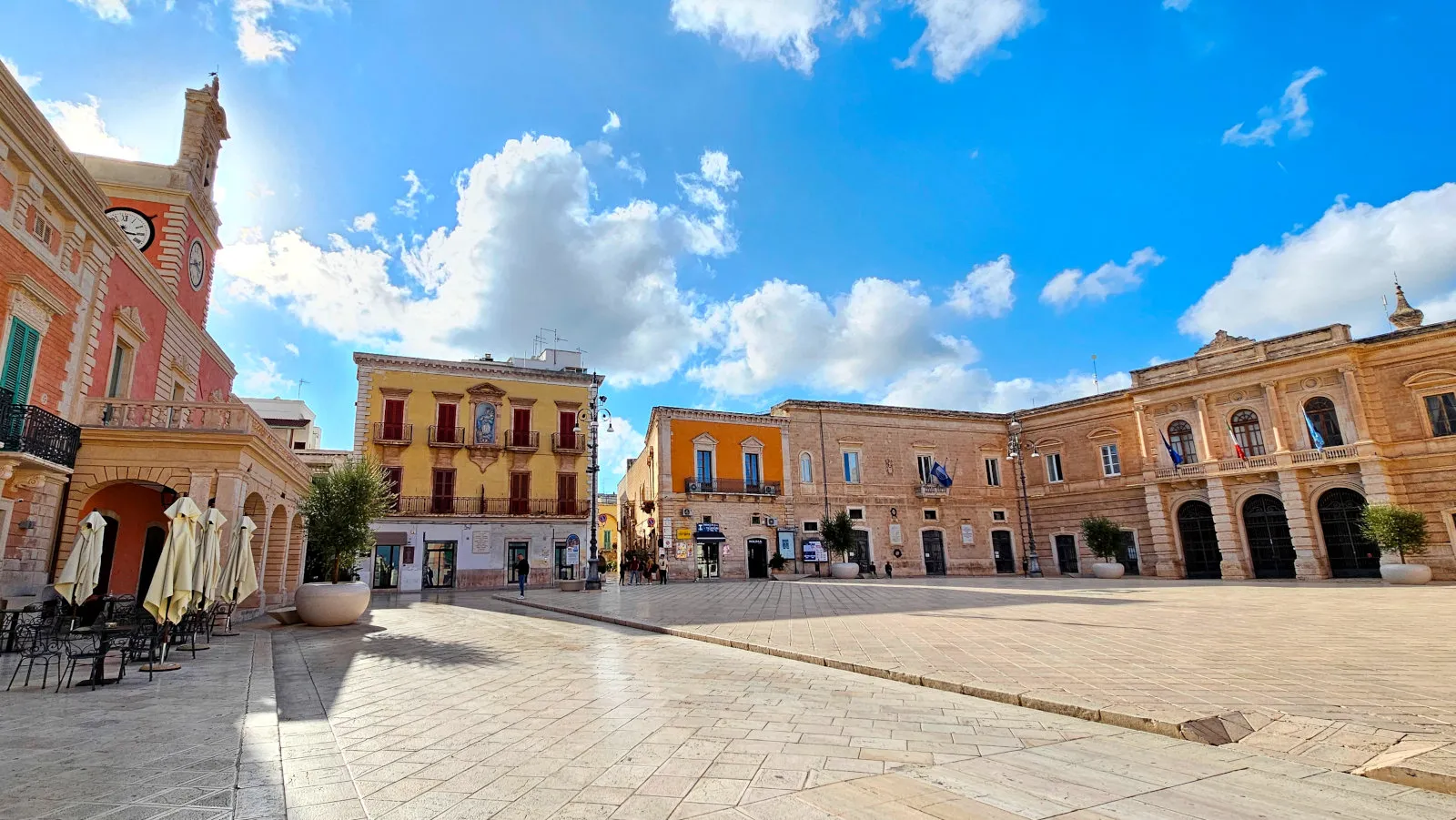
The historic center of Fasano is a true gem that preserves traces of its medieval and baroque past.
It is characterized by a maze of narrow streets, picturesque squares, and white stone architecture, typical of Puglia.
Here are some of the main attractions to see in the historic center of Fasano:
- Chiesa Matrice di San Giovanni Battista
- Piazza Ciaia
- Palazzo dell’Orologio
- Portici delle Teresiane
- Arco del Balì
- Palazzo del Balì
- Palazzo Municipale
- Chiesa di San Francesco da Paola
- Museo della Casa alla Fasanese
€ 160
Chiesa Matrice di San Giovanni Battista
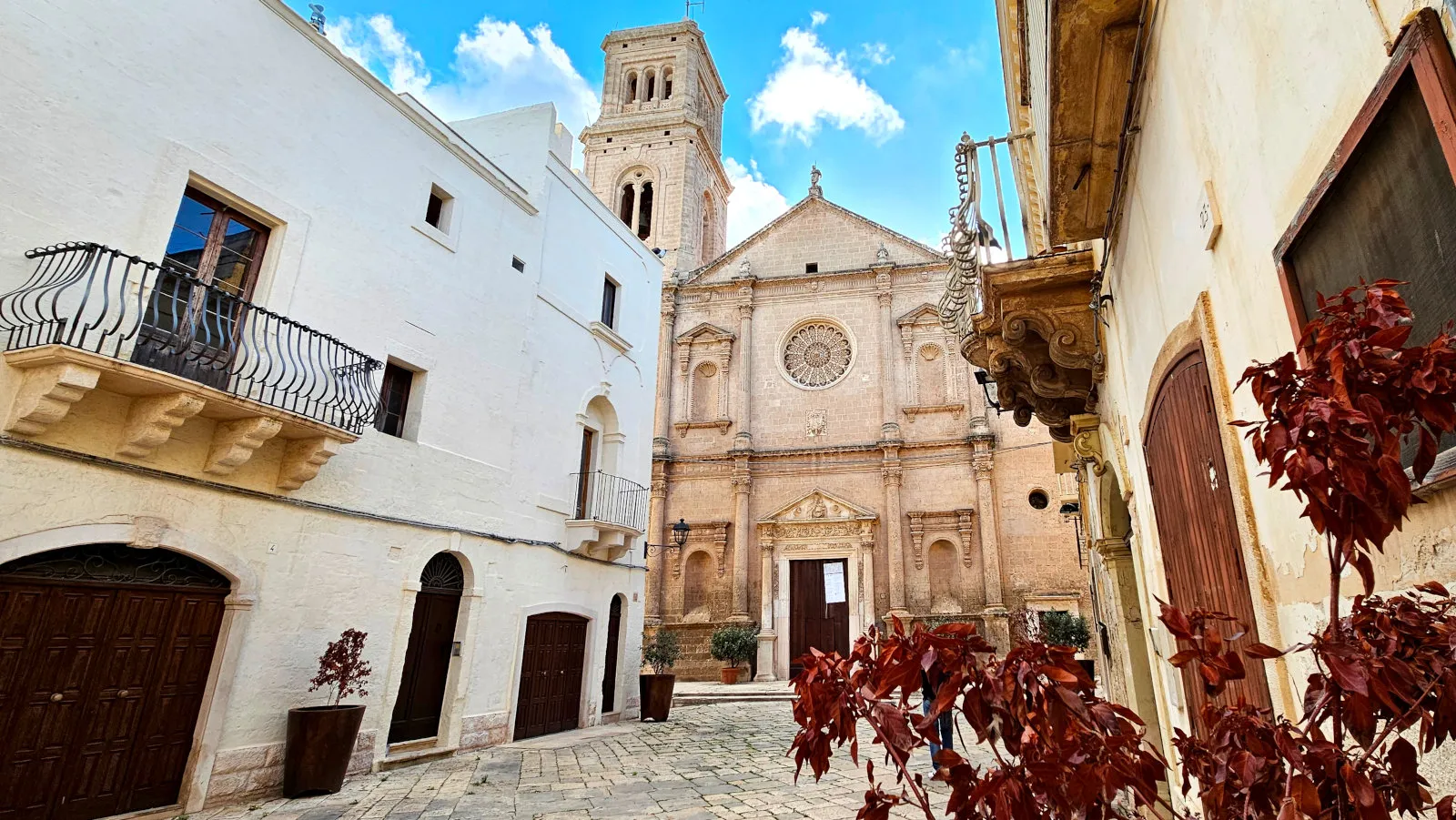
The Chiesa Matrice is one of the most important buildings in Fasano. Built in the 18th century, it is a perfect example of Baroque architecture.
The façade is imposing and richly decorated, and inside you can admire sacred works of art, including statues and valuable paintings. One of the most notable pieces is the polychrome wooden statue of Saint John the Baptist, created by local artists.
The Chiesa Matrice is also at the heart of Fasano's main religious celebrations, particularly the feast of the patron saint, Saint John the Baptist, which is celebrated in June with solemn processions through the town's streets.
Piazza Ciaia
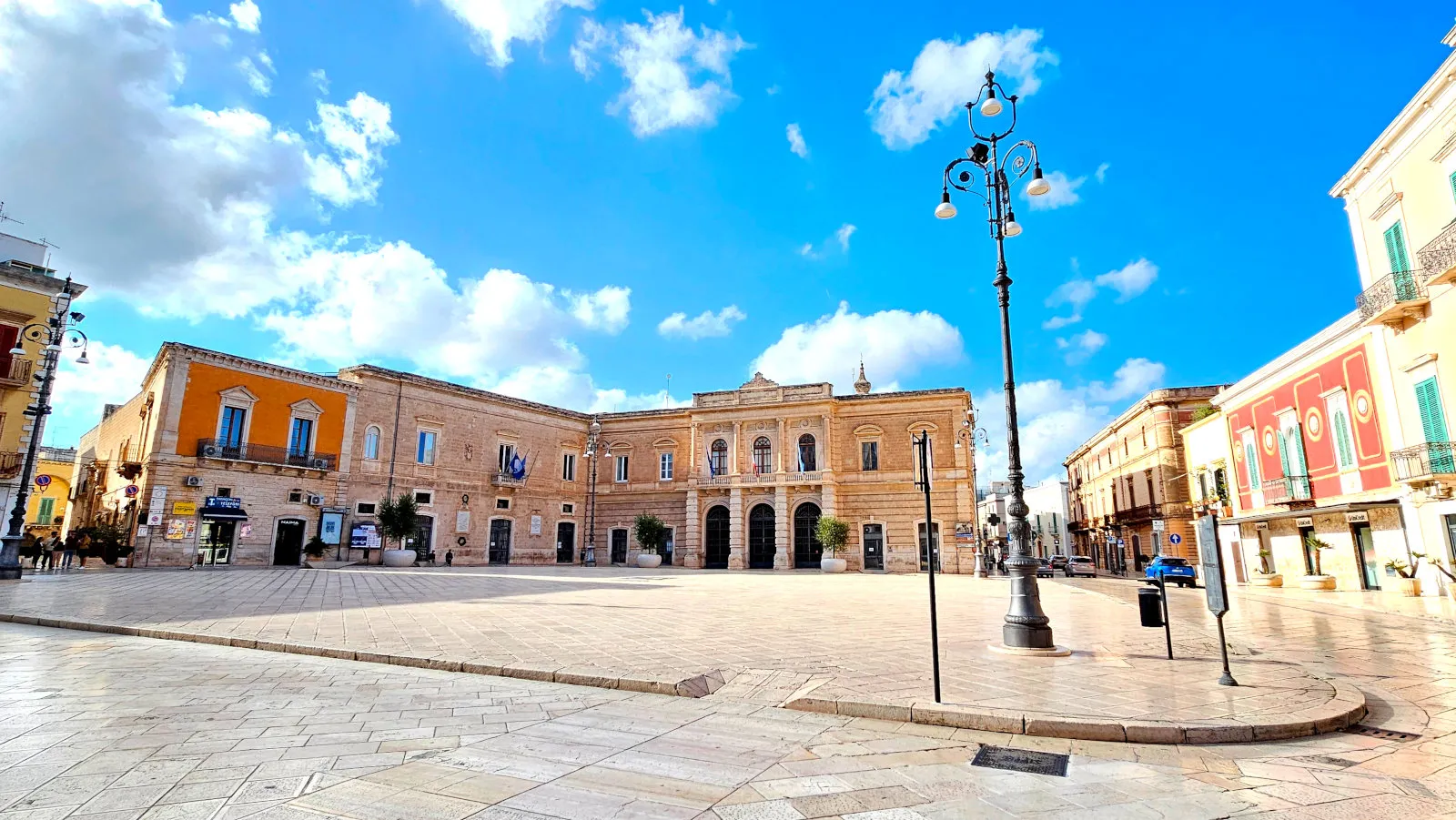
Piazza Ciaia is the bustling heart of the historic center and the ideal place for a stroll or a break in one of the cafés. The square is named after Ignazio Ciaia, a distinguished citizen of Fasano, born in 1760 and died in 1799. Ciaia was a poet and patriot, but above all, a prominent figure during the phase of the Neapolitan Republic of 1799.
He was a fervent supporter of the revolutionary and Enlightenment ideals that characterized that period, and he died as a martyr during the Bourbon restoration. His figure is highly significant for the history of the city and the region of Puglia in general, and he is commemorated with a statue or bust located in the square dedicated to him.
Piazza Ciaia is surrounded by some of the city's most important and representative buildings. Among these, you can distinguish Palazzo dell'Orologio, which is one of the most recognizable buildings in the square, thanks to its distinctive clock tower.
It is a visual landmark for anyone in the area. Palazzo Comunale (Palazzo Ciaia), located right on Piazza Ciaia, today houses the municipal offices of Fasano. It is an example of 18th-century civil architecture and is closely linked to the history of the Ciaia family, from whom it takes its name. Palazzo Episcopale is another prominent building, with a history intertwined with the presence of the clergy in Fasano.
Palazzo dell’Orologio
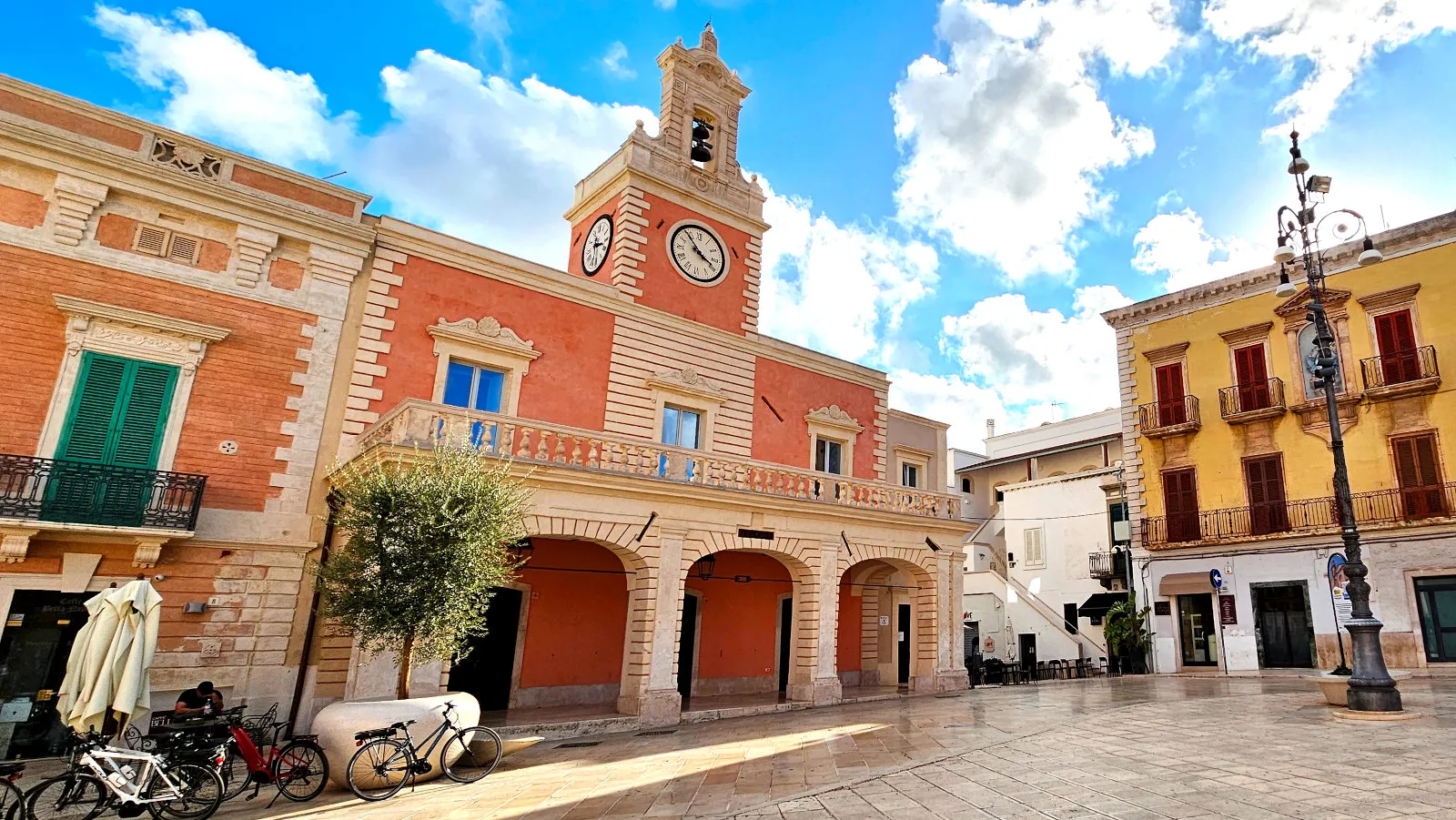
The Palazzo dell’Orologio is one of the most emblematic buildings in the historic center of Fasano, located in Piazza Ciaia.
This building is famous for its clock tower, which dominates the façade and has been a visual landmark for both residents and visitors for centuries. It rises above the main structure, featuring a large clock face that overlooks the square. This clock, with its clearly visible hands, is a landmark for anyone crossing Piazza Ciaia and is said to be one of the first public timepieces of its kind in the area.
Additionally, the tower houses a bell, which historically rang at specific times of the day to mark the passing of time for the community, accompanying the daily life of the people of Fasano. The Palazzo dell’Orologio was built in the 18th century, during a period when Fasano was enriched with important civil and religious buildings.
Its architectural structure is relatively simple and functional, but the bell tower with the clock makes it particularly distinctive.
The building has been used over time for various public and administrative purposes, playing a central role in the civic life of Fasano. In a time when few people owned personal watches, having a visible public clock was crucial for regulating daily activities and events in the city.
Portici delle Teresiane
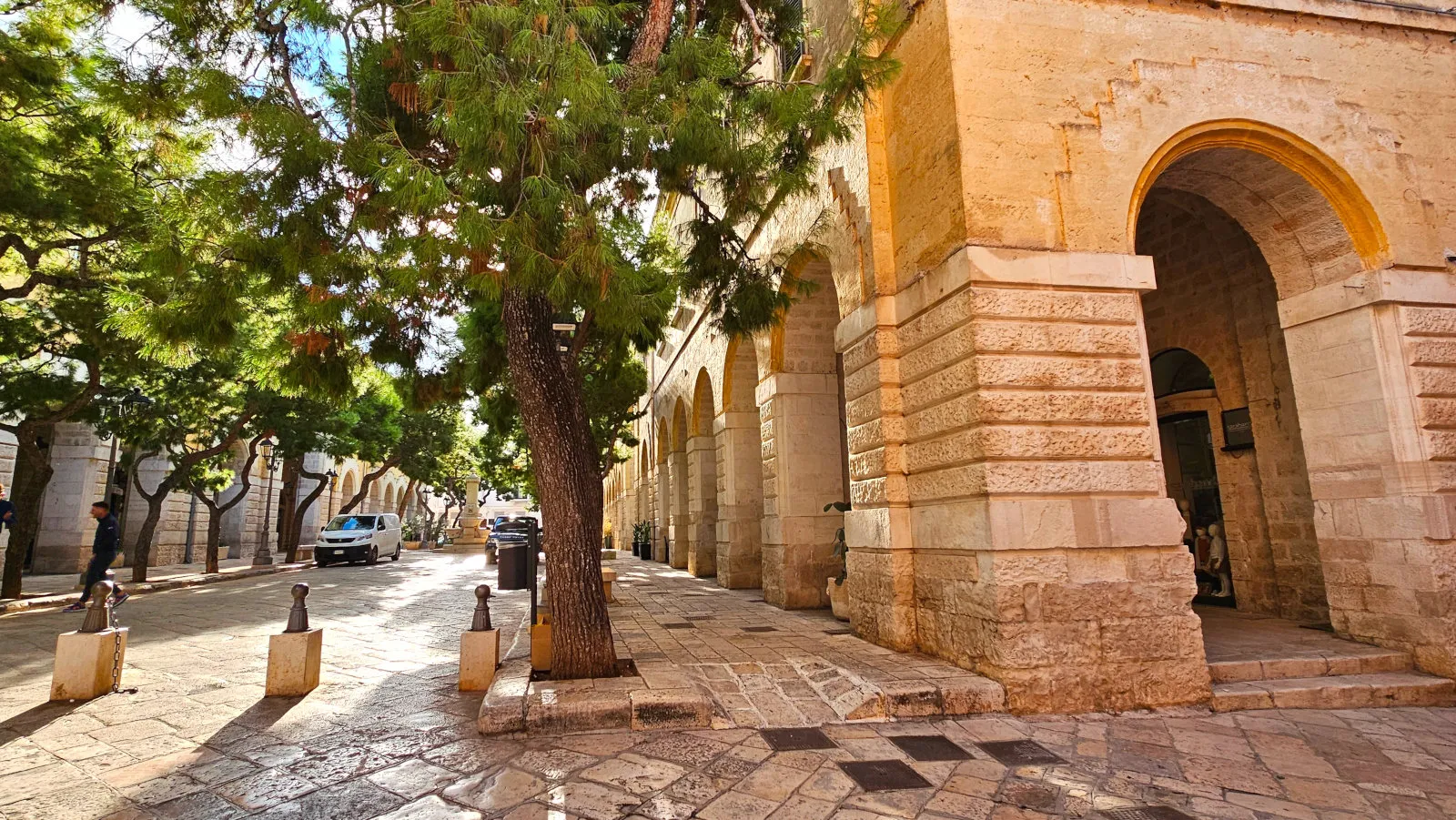
The Portici delle Teresiane were built when a group of nuns from the Teresian Order settled in Fasano in the 17th century, founding a convent near the Chiesa Matrice di San Giovanni Battista.
The nuns played a very important role in the community and built these porticoes to connect several main streets in the historic center. Initially, they served as a covered passage for both the residents and the nuns themselves, who could move easily between the convent's structures and the surrounding streets, protected from the rain or summer heat.
Over time, they became an integral part of the city's social and cultural life, and today they are an attraction for visitors.
Arco del Balì
The Arco del Balì is one of the most evocative and historically significant symbols of the historic center of Fasano. Strategically located, this ancient passage connects Piazza Ciaia with Via del Balì, one of the city's main streets. The Arco del Balì was part of an ancient defensive system of the city.
The arch represented one of the main entrances to the old town and allowed passage between the central area and the peripheral districts. During the medieval period, many Puglian cities like Fasano were equipped with defensive structures to protect themselves from enemy raids and looting, particularly those coming from the sea.
The name "Balì" refers to the title of the Bailo, a military and administrative authority very important in the territories governed by the Knights of Malta. It is believed that the area around the arch belonged to a member of the Order of Malta or a noble family associated with this order.
The Bailo, in this context, was a supervisor or official managing an administrative and military district.
Palazzo del Balì
The Palazzo del Balì in Fasano is one of the city's most important and representative historical buildings.
Located on Via del Balì, a short walk from Piazza Ciaia, this palace boasts a fascinating history, closely tied to the figure of the Bailo, a local authority who held important administrative and defensive functions, likely connected to the influence of the Order of the Knights of Malta in Puglia.
Built during the medieval period, the palace underwent significant changes during the Baroque period. It served as the residence of the Bailo, a prominent figure responsible for managing justice and finances in the area.
The Bailo played a central role in local governance and maintaining order, acting as a supervisor of administrative activities. In addition to its residential function, the Palazzo del Balì was also a center of political and military power. Here, meetings between the local nobility were held, and social and political events took place, making the palace a key reference point for public life in the city.
Today, the Palazzo del Balì is an important symbol of Fasano's historical past.
Its architecture and historical significance continue to testify to the importance the building has had over the centuries, making it one of the key points for understanding the city's historical and cultural identity.
Palazzo Municipale
The Palazzo Municipale, or Palazzo Ciaia, is an imposing historical building that today houses the municipal offices.
The palace was built in the 18th century by the Ciaia family, one of the most influential families in Fasano. The Ciaia family played a crucial role in the history of the city, and one of its most famous members, Ignazio Ciaia, was a well-known patriot and scholar, a key figure in the Neapolitan Republic of 1799.
The palace, which takes its name from this noble family, was later used to house the municipal institutions, becoming the center of political life in Fasano.
Chiesa di San Francesco da Paola
This church, built in the 16th century, is a small Baroque gem in the heart of the historic center. The façade is modest, but inside you can admire interesting frescoes and decorations, making it an appealing stop for lovers of sacred art. The church is open to the public, especially during religious services and special celebrations. The opening hours may vary, but it is usually possible to visit the church during the following times:
- Morning: 8:00 AM to 12:00 PM
- Afternoon: 4:00 PM to 7:00 PM
In addition to regular liturgical activities, the church plays a central role during the feast of San Francesco da Paola, which is a particularly important moment for the local community. During this feast, the church becomes a focal point for pilgrimages and processions that pass through the streets of the historic center.
Museo della Casa alla Fasanese
The Museo della Casa alla Fasanese is a fascinating ethnographic museum located in the heart of Fasano's historic center, offering a journey back in time to discover the daily life of its inhabitants in past centuries. Upon entering the museum, you are immersed in an atmosphere that faithfully recreates a typical Fasano home, with all the objects and details that characterized the houses of that time.
The uniqueness of the museum lies in its intimate and authentic approach. As you explore the rooms, it is easy to imagine how families lived centuries ago, with small but well-organized and functional spaces. The houses, often spread over several floors, were designed to make the most of the available space.
The ground floor was used for work activities, while the first floor hosted family life, with the kitchen and the bedroom. Inside the museum, you can see antique furniture and everyday items that were an integral part of domestic life. From wooden tables and chairs to copper and terracotta cookware, each piece tells a story.
Visitors can also admire traditional kitchen utensils, like those used to prepare bread and preserves, giving them an idea of how simple yet ingenious daily life used to be. In the bedroom, the large wooden bed with handmade linens offers a glimpse into the intimate life of the families, while the kitchen, with its large stone fireplace, is one of the most evocative places, where meals were prepared, and the family gathered.
Since Fasano has historically been an agricultural town, an important part of the museum is dedicated to the display of agricultural tools used in the fields and olive groves.
Tools such as hoes, sickles, plows, and olive collection containers are on display, illustrating the hard agricultural labor that was the foundation of the local economy.
Opening Hours and Ticket Prices
The Museo della Casa alla Fasanese is open to the public during the following hours:
- Tuesday - Sunday: 9:30 AM to 12:30 PM and 4:30 PM to 7:30 PM
- Monday: closed
Admission fees are affordable:
- Full ticket: € 3
- Reduced ticket: € 1.50 (for children, students, and groups)
What to do in Fasano and surroundings?
If you find yourself in Fasano for a vacation, you have a wide range of activities and attractions to explore, ranging from history, nature, adventure, and relaxation.
Fasano offers a lot, both for those who love art and culture, and for those looking for gastronomic experiences and breathtaking landscapes.
Here are some of the best things to do in Fasano:
- Visit the historic center
- Electric bike or mountain bike tours
- Explore nature in Selva di Fasano
- Adventure at Zoosafari
- Excursions through the Masserie
- Horseback riding
- Discover the Regional Natural Park of Coastal Dunes
- Visit the archaeological site of Egnazia
- Wine tourism: visits to wineries
Visit the historic center
The heart of Fasano is rich in history and charm. Walk through the narrow alleys and small squares of the center, admiring the historic buildings.
Electric bike or mountain bike tours
If you like to explore the area in an active way, several agencies offer the rental of electric bikes or mountain bikes to discover the surrounding countryside and nearby villages.
You can follow itineraries through the olive groves, visit ancient masserias, or travel along the scenic roads leading to villages like Locorotondo and Cisternino.
Explore nature in Selva di Fasano
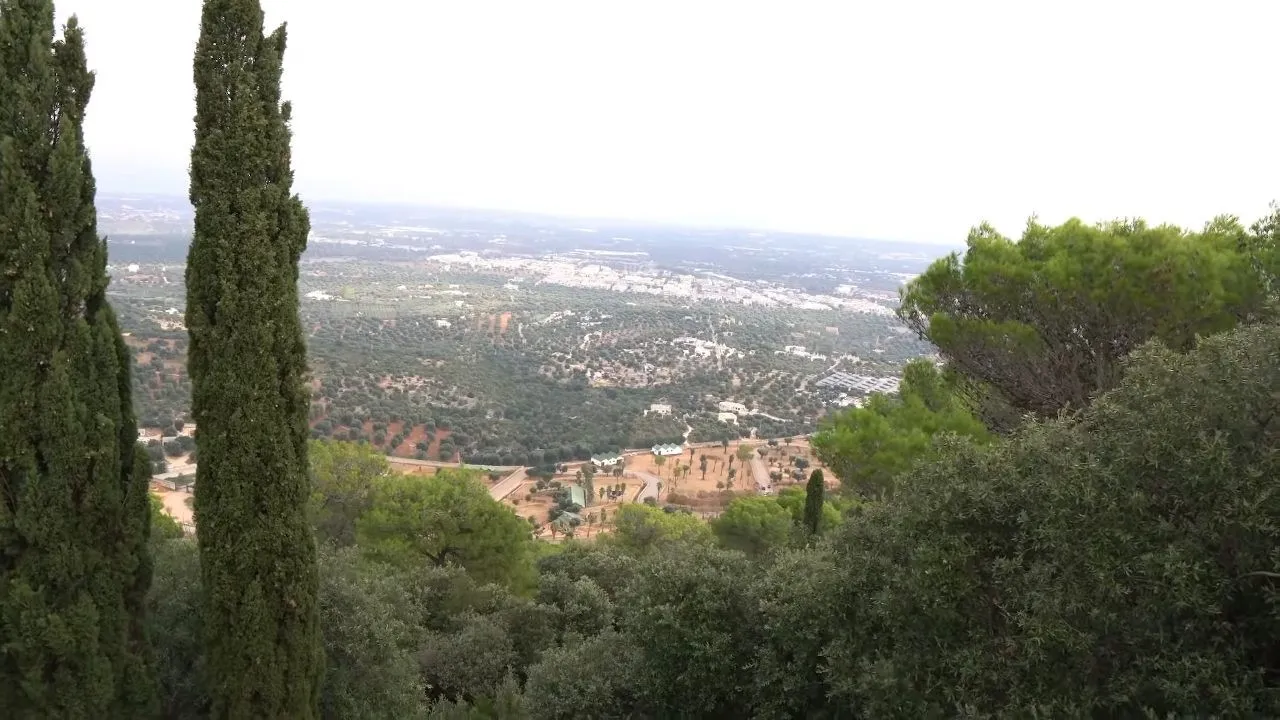
If you love nature, head to the Selva di Fasano, a hilly area rich in vegetation, oak woods, and breathtaking views over the Valle d'Itria.
It’s the ideal place for a relaxing walk, perhaps on a bike, immersed in the greenery and tranquility. Additionally, you’ll find some typical restaurants where you can enjoy Puglian cuisine.
Adventure at Zoosafari
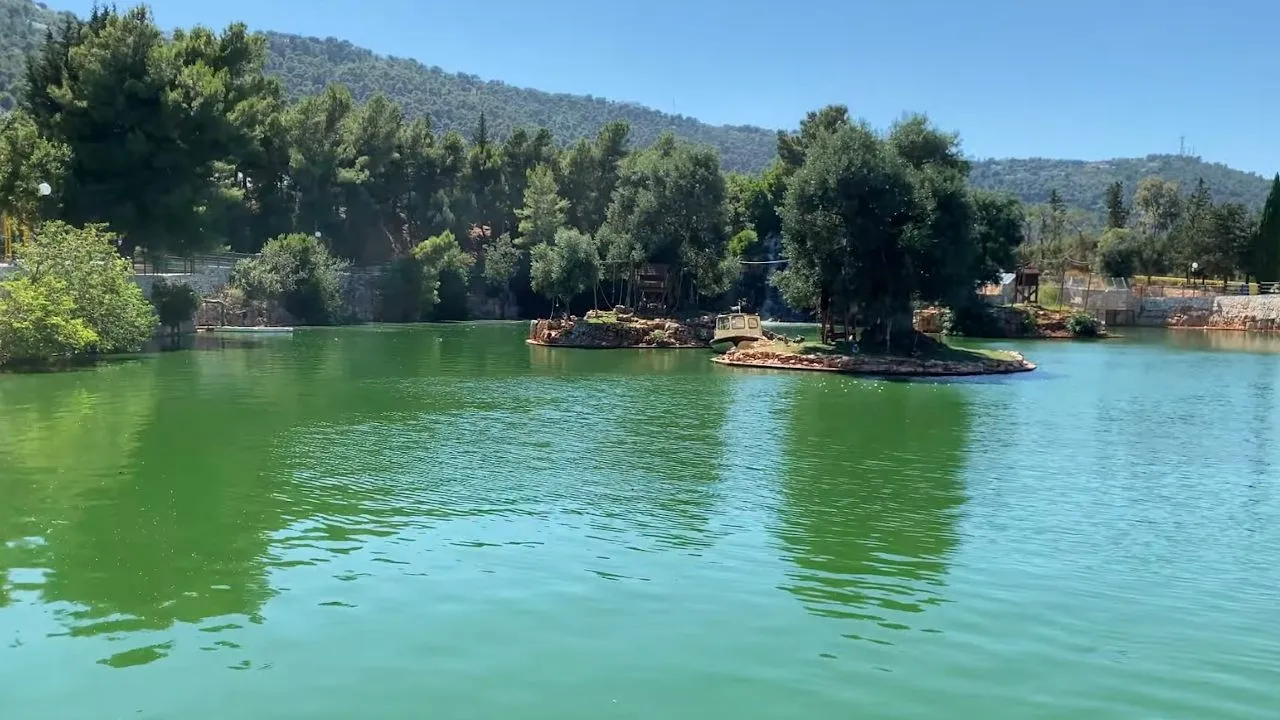
One of the largest wildlife parks in Italy, Fasano Zoosafari, is one of the city's main attractions, perfect for both young and old.
The park hosts over 200 animal species in semi-freedom, offering a unique experience on board your car or a small train to see lions, giraffes, elephants, and many other exotic animals up close.
Excursions through the Masserie
The countryside around Fasano is scattered with historic masserias, many of which have become luxury agritourisms or farms producing olive oil, wine, and other local products.
It is worth visiting one of these masserias for a typical lunch or a wine and local product tasting.
Horseback riding
For a more relaxing experience but still immersed in nature, you can participate in one of the many horseback excursions organized in the Fasanese countryside.
Several masserias and agritourisms offer guided rides to explore the area, suitable for both beginners and more experienced riders.
Discover the Regional Natural Park of Coastal Dunes
A short distance from Fasano is the Regional Natural Park of Coastal Dunes, a natural reserve that stretches along the coast between Torre Canne and Ostuni.
Here, you can take hiking, cycling, or horseback riding excursions through dunes, wetlands, and fields of ancient olive trees.
It is a biodiversity-rich area, ideal for nature lovers.
Visit the archaeological site of Egnazia
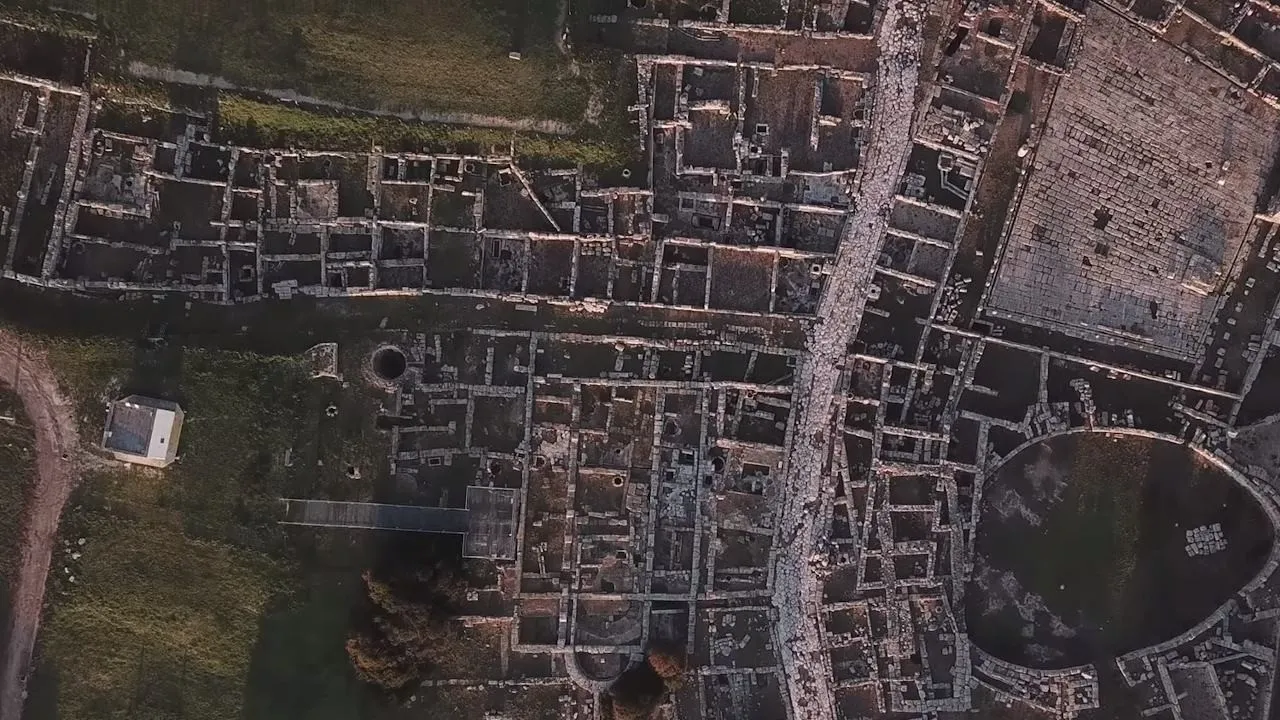
For lovers of archaeology and ancient history, the archaeological site of Egnazia is a must-see.
Located along the coast, a few minutes from Fasano, this ancient settlement dates back to Roman times and offers the opportunity to visit Roman ruins, such as the amphitheater, walls, and the necropolis.
The nearby Egnazia Museum preserves many of the artifacts found during excavations.
Wine tourism: visits to wineries
Puglia is also famous for its fine wines. In the surroundings of Fasano, there are many wineries offering guided tours and tastings.
You can learn about the wine production processes of local wines such as Primitivo di Manduria, Negroamaro, or Fiano, and taste wines accompanied by typical products such as cheeses and salami.
Fasano Festivals and Traditional Events
Fasano is a city rich in traditions, and throughout the year it offers numerous festivals and traditional events that reflect the local culture and roots. These events are perfect for experiencing the authentic atmosphere of the city, tasting typical Puglian products, and participating in religious and cultural celebrations.
Here are some of the main traditional festivals and events in Fasano:
La Scamiciata
La Scamiciata is the most important historical event in Fasano, a reenactment of the victory over the Turks in 1678.
The name comes from "scamiciati," which refers to the Fasanese people who fought wearing simple shirts.
When: June.
What to expect: Parades in period costumes, horses, carriages, and historical reenactments animate the city, culminating in dances and fireworks. It is one of the most spectacular festivals in Fasano.
Festa di San Giovanni Battista
The Festa di San Giovanni Battista, the patron saint of Fasano, is a deeply felt religious celebration.
When: June 24th.
What to expect: A solemn procession through the historic center with the statue of the saint, illuminations, musical performances, and fireworks.
Sagra della Bruschetta
Dedicated to bruschetta, a simple yet delicious dish, this festival celebrates the authentic flavors of Puglia.
When: July.
What to expect: Bruschetta seasoned with local extra virgin olive oil and various ingredients. The evening is enriched with music and entertainment.
Sagra delle Olive
Olives, a symbol of Puglia, are at the heart of this festival.
When: December.
What to expect: Tasting of olives and extra virgin olive oil, typical products, and demonstrations of olive harvesting.
Fasano Beaches
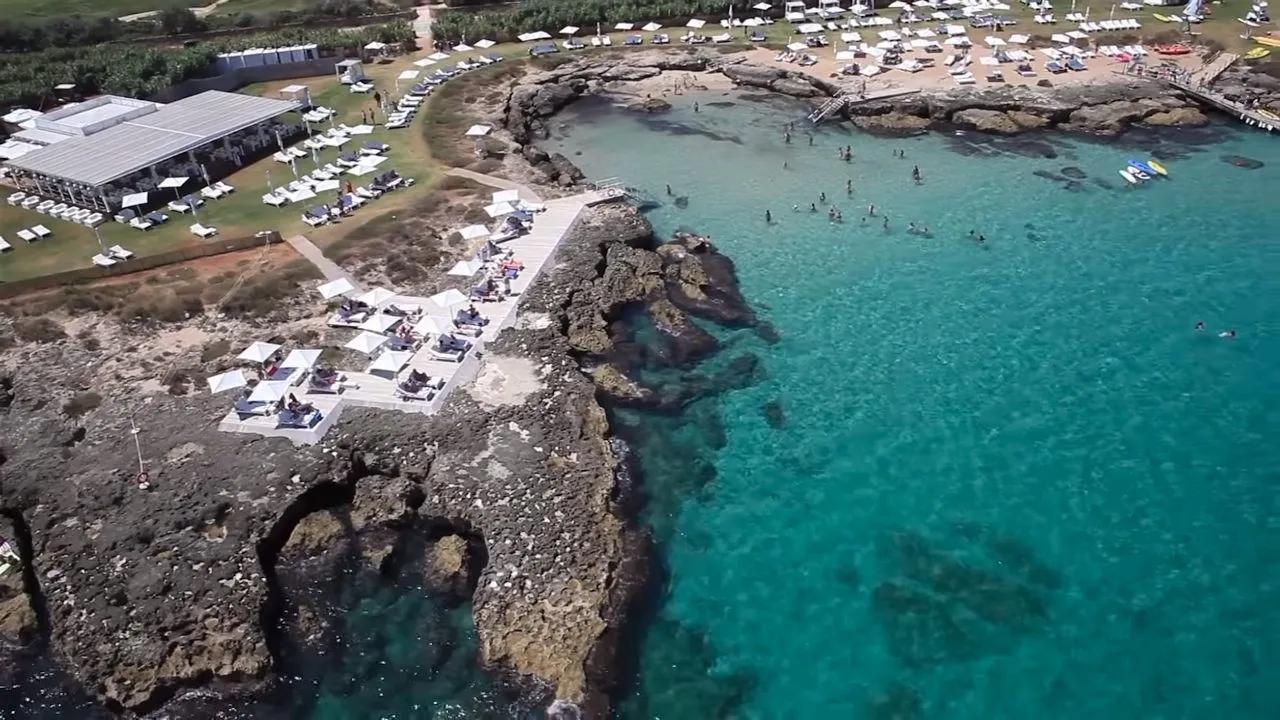
Fasano's coastline stretches for about 15 kilometers along the Adriatic Sea. Here you will find sandy beaches and rocky coves, such as those in Savelletri and Torre Canne, two popular seaside resorts, especially during the summer.
Savelletri
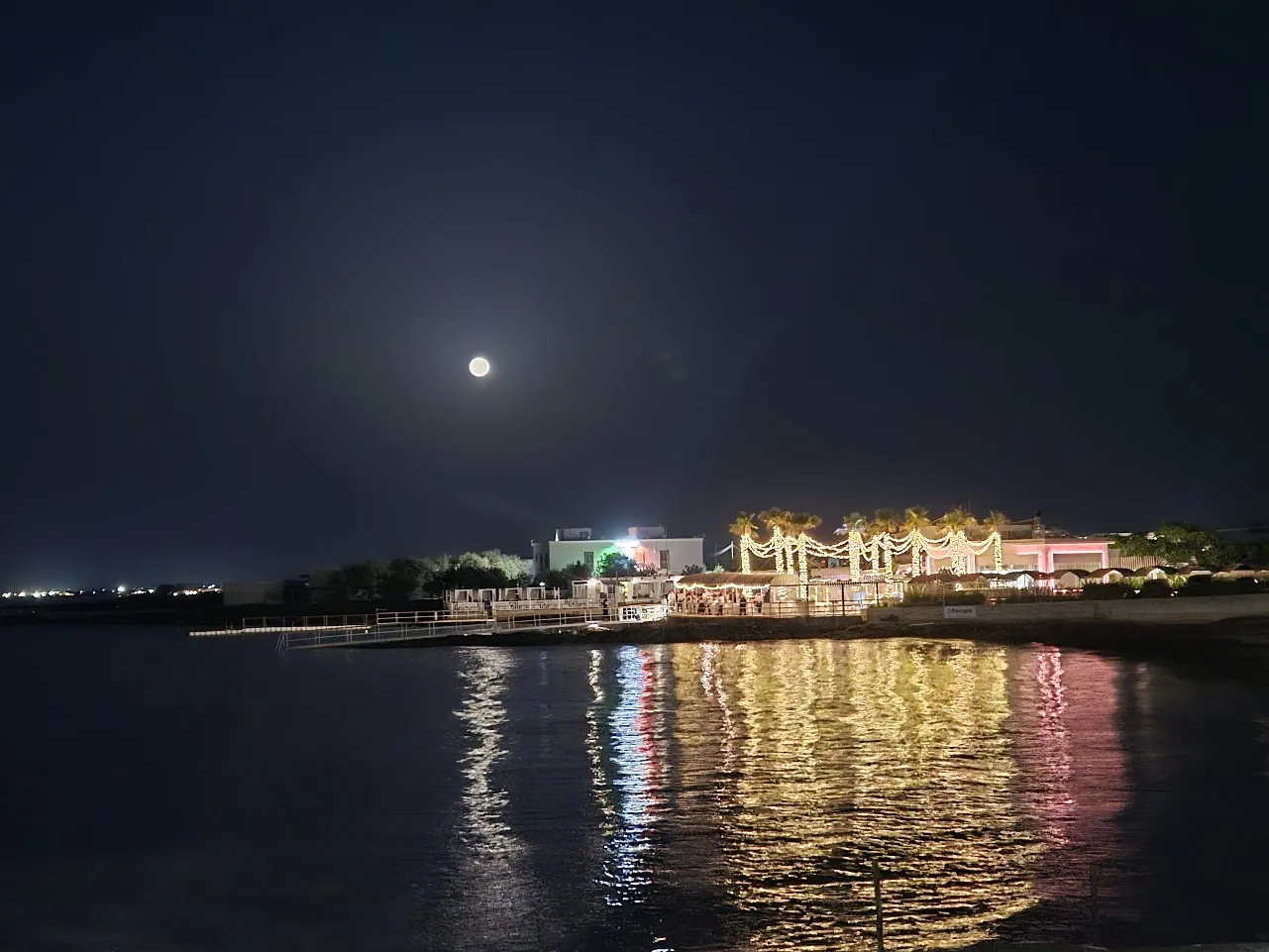
Savelletri is one of the most famous seaside towns in Marina di Fasano. This small fishing village is located about 10 km from the center of Fasano and is particularly loved for its mix of history, tradition, and unspoiled sea.
The coast of Savelletri is mainly rocky, with low rocks and pebble coves, creating a fascinating and natural landscape. However, there are also small inlets with sandy beaches, ideal for swimming or sunbathing in a quieter setting.
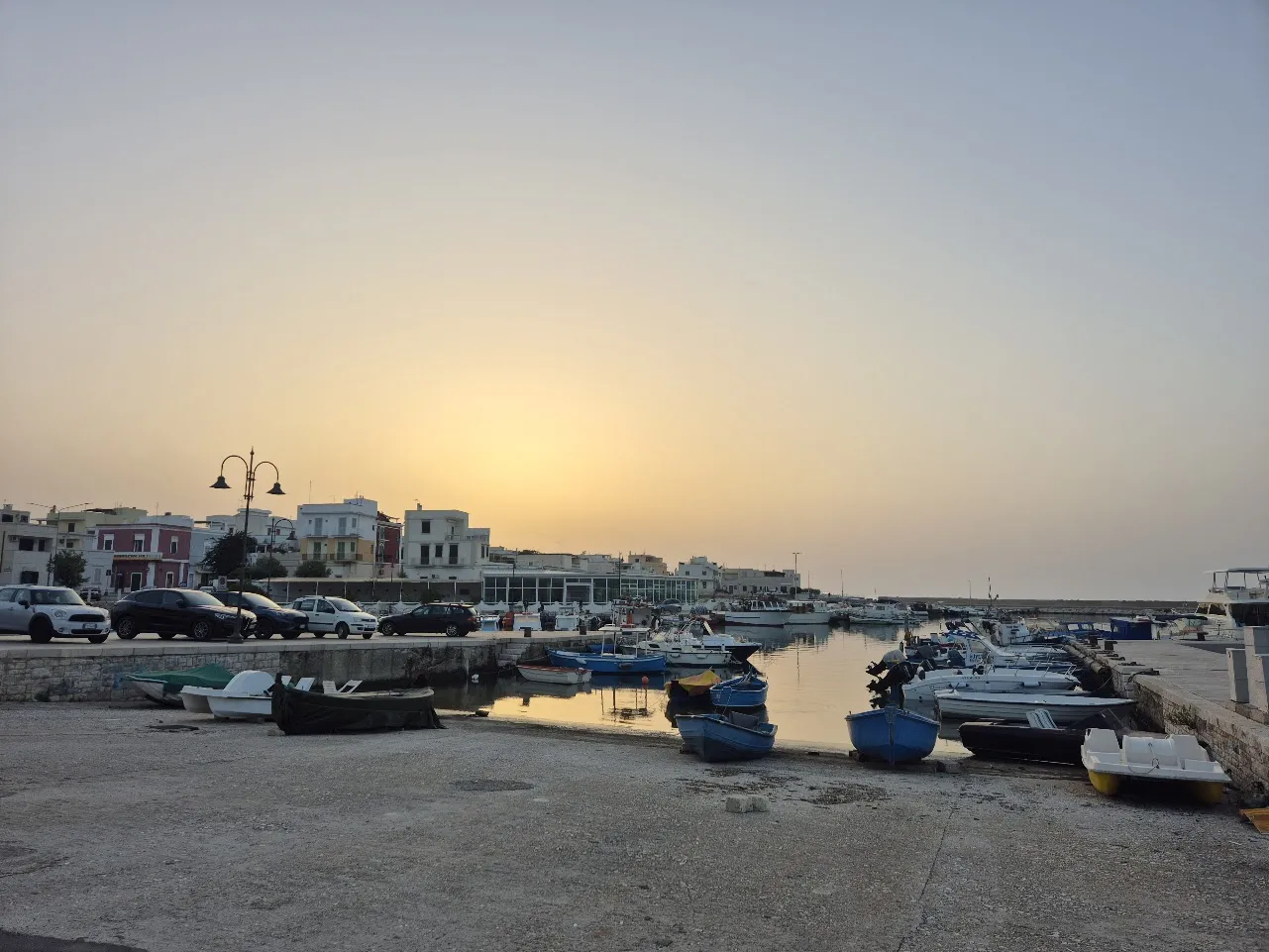
Savelletri also features a small marina, from where boat excursions along the coast depart, offering spectacular views of the cliffs and sea caves. The seafront is perfect for evening walks, with many seafood restaurants where you can enjoy typical dishes.
Torre Canne
Torre Canne is another popular seaside town in Marina di Fasano, known for its long sandy beaches and natural thermal baths.
It is an ideal location for those seeking relaxation and well-being, as well as for families with children, thanks to the calm waters and well-equipped facilities.
Unlike Savelletri, Torre Canne offers wide, fine golden sandy beaches. The beaches are equipped with beach clubs, but there are also stretches of free beach for those who prefer a more informal style.
Christmas in Fasano
Christmas in Fasano is a magical time rich in traditions, giving residents and visitors a suggestive and festive atmosphere.
One of the most spectacular and awaited events is the creation of a monumental nativity scene on Monte Rivolta, located in the Selva di Fasano. This nativity scene is a true work of art, enchanting with its grandeur and attention to detail.
The Nativity Scene on Monte Rivolta
The nativity scene, set up on one of the hills of the Selva di Fasano, is particularly striking because it uses a natural cave as the backdrop for the Nativity scene. The most spectacular element is the giant comet star that crowns the nativity scene, composed of over 5,000 light bulbs, visible from afar and symbolizing the light and hope of Christmas.
The star, placed at the top of the mountain, illuminates the entire surrounding landscape, creating a unique and magical atmosphere.
A special feature of this nativity scene is the presence of life-sized statues, created with great artistic skill. The statues depict the traditional characters of the Nativity scene: the Holy Family, the Three Kings, shepherds, and angels, all placed in a natural setting that makes the event even more evocative and realistic.
What to see near Fasano?
The surroundings of Fasano are full of attractions and places of interest worth visiting. The city’s strategic location, between the Adriatic coast and the hilly hinterland of the Valle d’Itria, offers visitors the opportunity to explore stunning historical, natural, and cultural sites.
Here’s what to see near Fasano:
Alberobello (about 20 km)
A UNESCO World Heritage Site, Alberobello is famous for its trulli, the characteristic stone houses with conical roofs.
Walking through the alleys of the Monti and Aia Piccola districts, where hundreds of trulli are concentrated, offers a unique and fascinating experience.
What to do: Visit the Trullo Sovrano, the only two-story trullo, and the Church of Sant'Antonio, a church shaped like a trullo. There are also many local craft shops and typical products.
Locorotondo (about 15 km)
Locorotondo is one of the most beautiful villages in Italy, famous for its white houses with circular shapes, which give the village its name (from the Latin locus rotundus).
What to do: Stroll through the narrow streets of the historic center, with its cummersa, the typical houses with sloping roofs. From here, you can enjoy a splendid view of the Valle d'Itria. Don’t miss a tasting of Locorotondo DOC, the typical local white wine.
Cisternino (about 12 km)
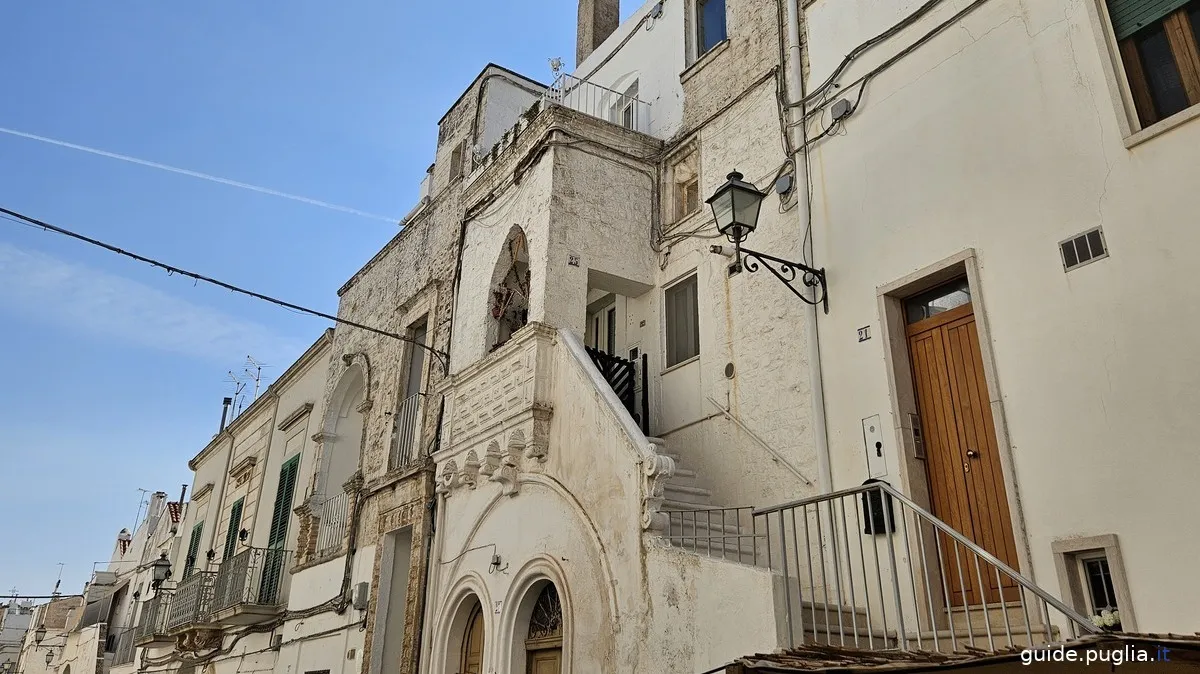
Cisternino is another charming village in the Valle d'Itria, known for its white architecture and traditional cuisine. This small village has retained its ancient charm, making it ideal for a peaceful stroll.
What to do: Explore the historic center and enjoy dinner at one of the butcher shops with ready-to-cook grills, where you can choose the meat directly from the counter and have it cooked on the spot.
Ostuni (about 23 km)
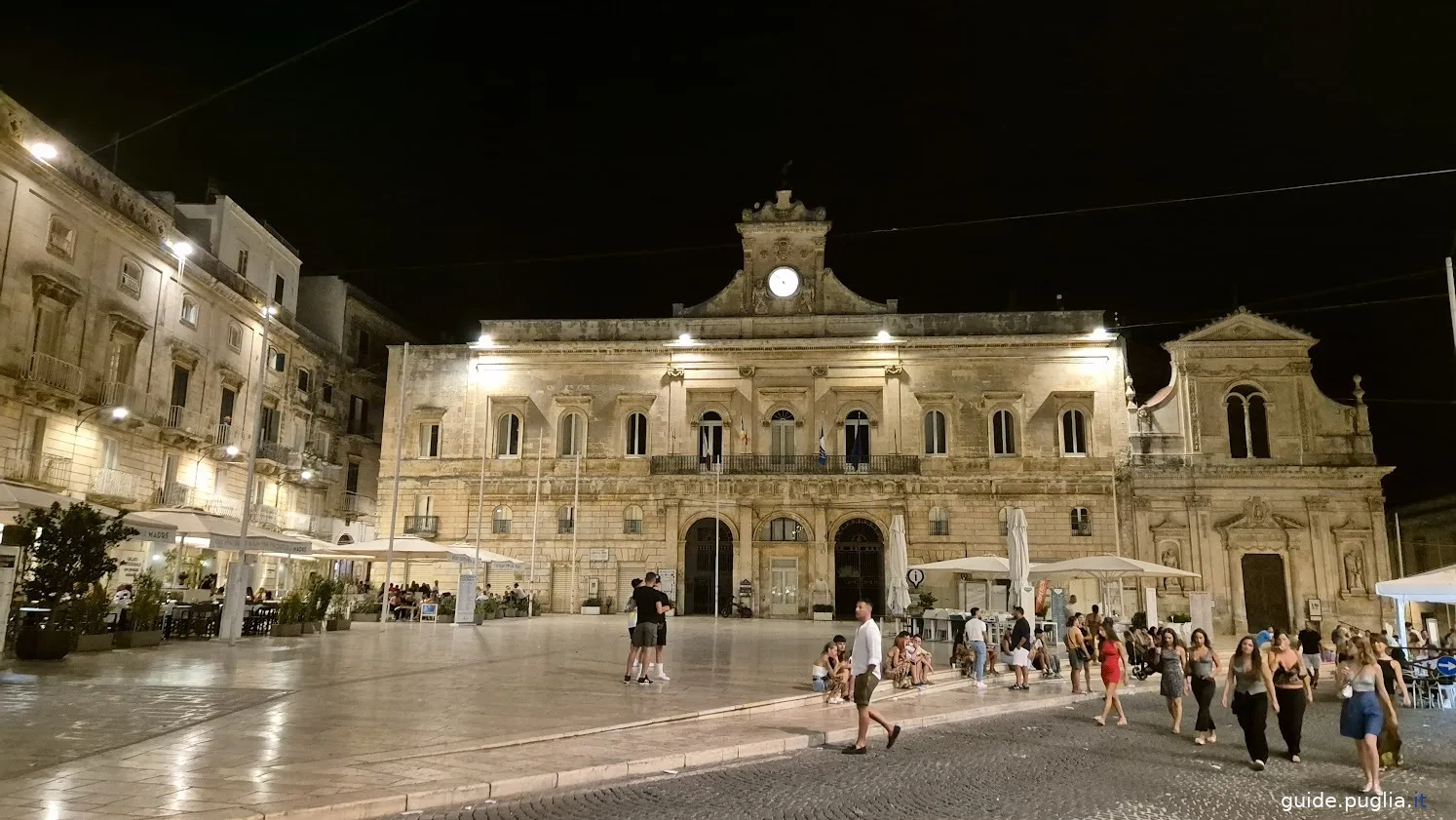
Known as the White City for its white-painted houses, Ostuni is one of the most picturesque places in Puglia.
What to do: Walk through the narrow streets of the historic center and admire the splendid Cathedral of Santa Maria Assunta. Don’t miss the panoramic view of the countryside and the Adriatic coast from the highest point in the city.
Castellana Caves (about 30 km)
The Castellana Caves are one of the most spectacular karst complexes in Italy, with underground paths that stretch for kilometers between stalactites, stalagmites, and impressive caverns.
What to do: Join a guided tour of the caves, lasting about 1-2 hours, and admire the magnificent White Cave, considered one of the most beautiful in the world.
Polignano a Mare (about 25 km)
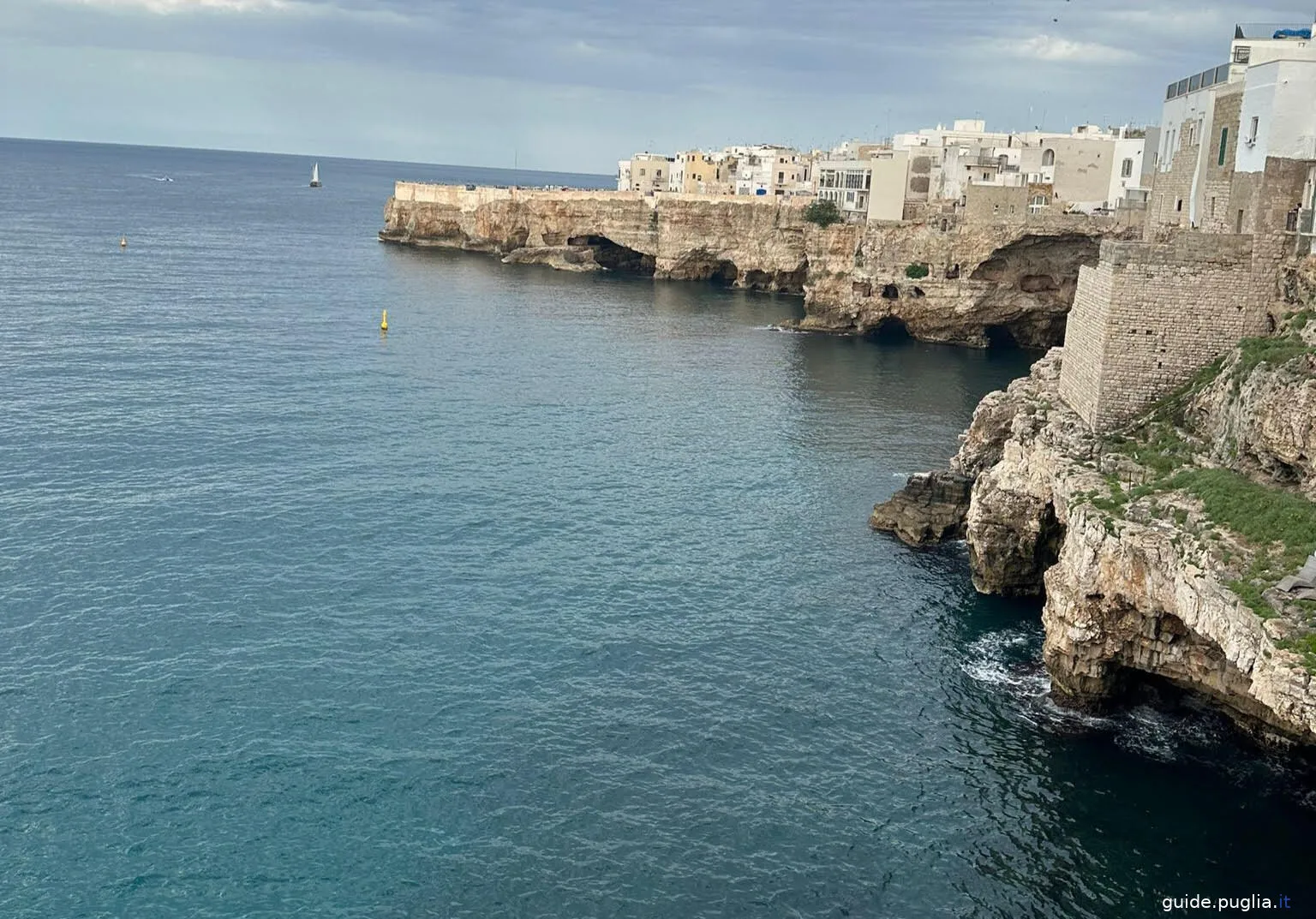
Polignano a Mare is one of the jewels of the Adriatic coast, famous for its cliffs overlooking the sea and its charming historic center.
What to do: Stroll through the historic center, explore the balconies overlooking the sea, and visit the famous Lama Monachile beach. Polignano is also the birthplace of Domenico Modugno, the singer of "Volare," and there is a statue dedicated to him.
Monopoli (about 20 km)
Monopoli is a coastal town rich in history, with a historic center overlooking a picturesque natural harbor.
What to do: Visit Carlo V Castle, stroll along the old port, and discover the numerous Baroque and Romanesque churches scattered throughout the city. Monopoli is also a great place to enjoy the sea, with its beaches and coves.
Dolmen of Montalbano
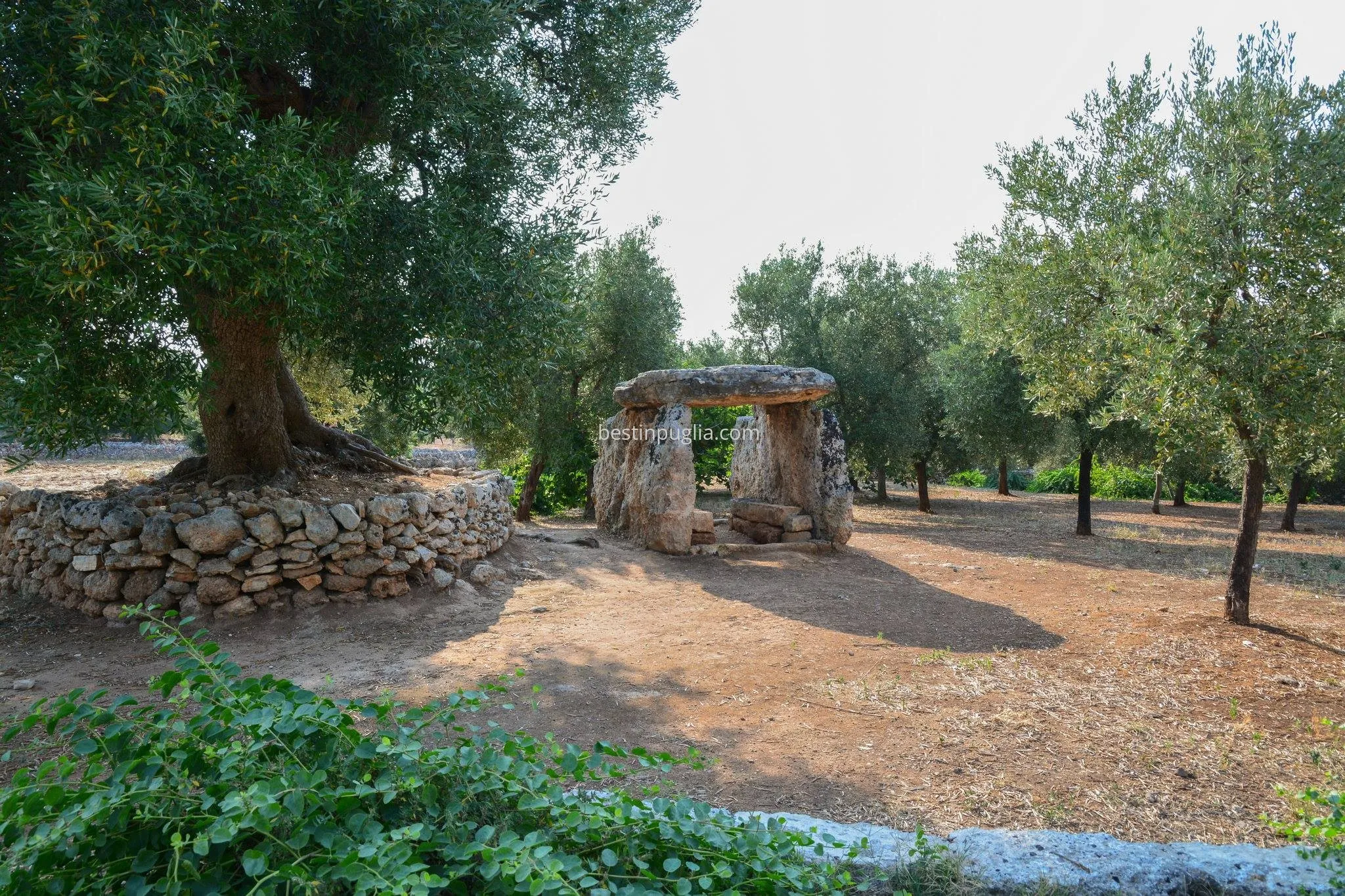
One of the oldest funerary testimonies in the area is the Dolmen, which can be visited in the Montalbano district, not far from the center of Fasano.
The Dolmen dates back to the Bronze Age and is well-preserved despite the millennia that have passed and the many acts of vandalism it has suffered.
Tempietto di Seppannibale
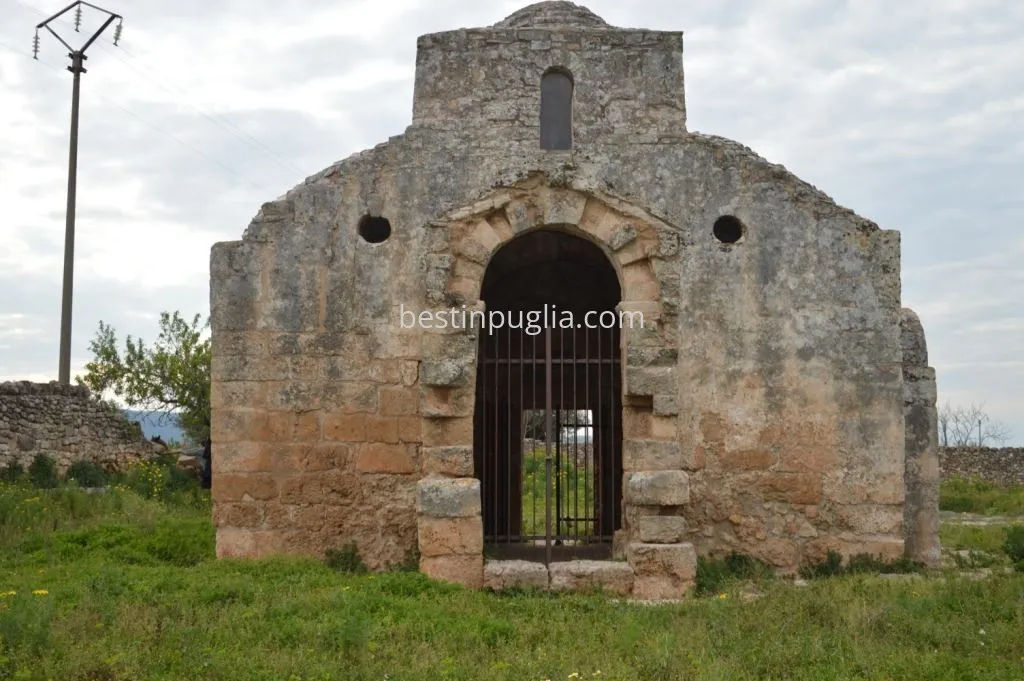
Between Fasano and the beaches of Monopoli lies the Tempietto di Seppannibale, an ancient structure containing remnants of frescoes depicting scenes from the Book of Revelation.
The temple was originally known as the Church of San Pietro Lo Petraro and consisted of a central structure with two domes.
Curiosity: Why is it called Fasano?
The name Fasano derives from the first settlement called "Borgo Casale di Santa Maria de Fajano".
This village was founded around 1088 by a group of citizens from the city of Egnazia, who took refuge inland due to frequent raids and looting along the Adriatic coast by pirates and Moors after the fall of the Roman Empire.
The term "Fajano", which eventually gave rise to the name Fasano, could come from the Latin "fajanus", meaning pheasant.
In the past, the area was likely populated by these birds, or the name may be related to a local denomination linked to the fauna present.
Another hypothesis refers to the word "fagus", meaning beech in Latin, suggesting that the area was once rich in beech trees.
